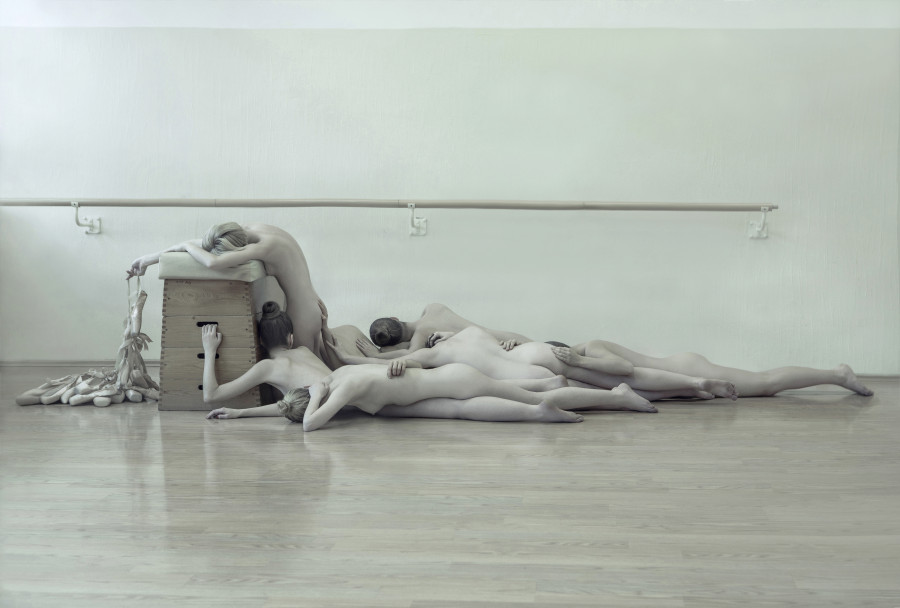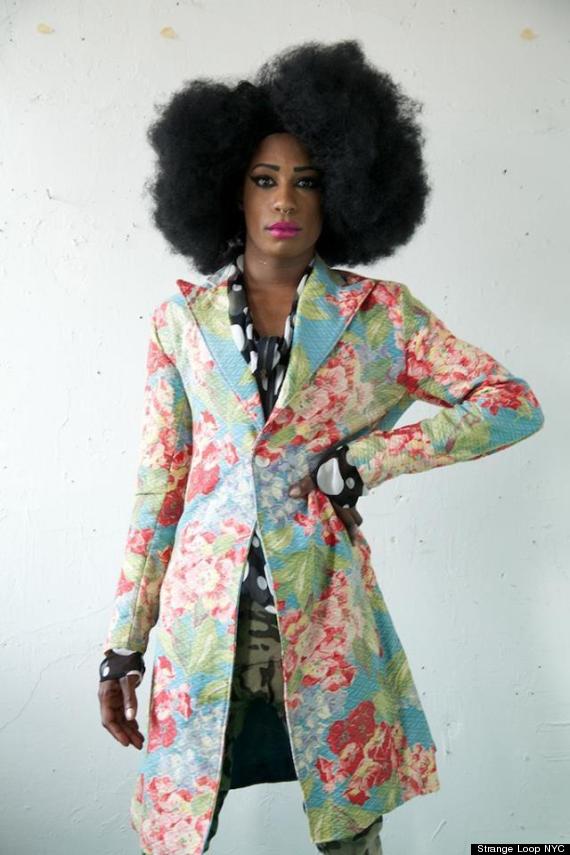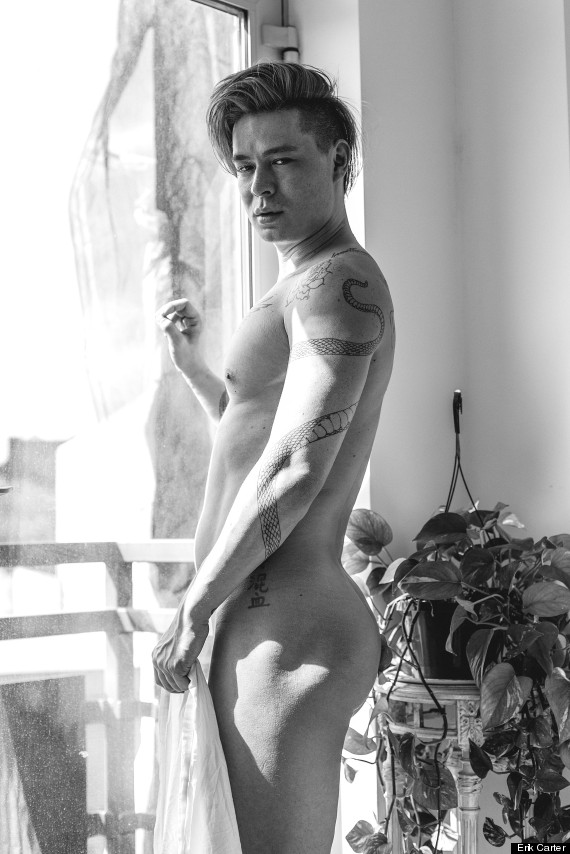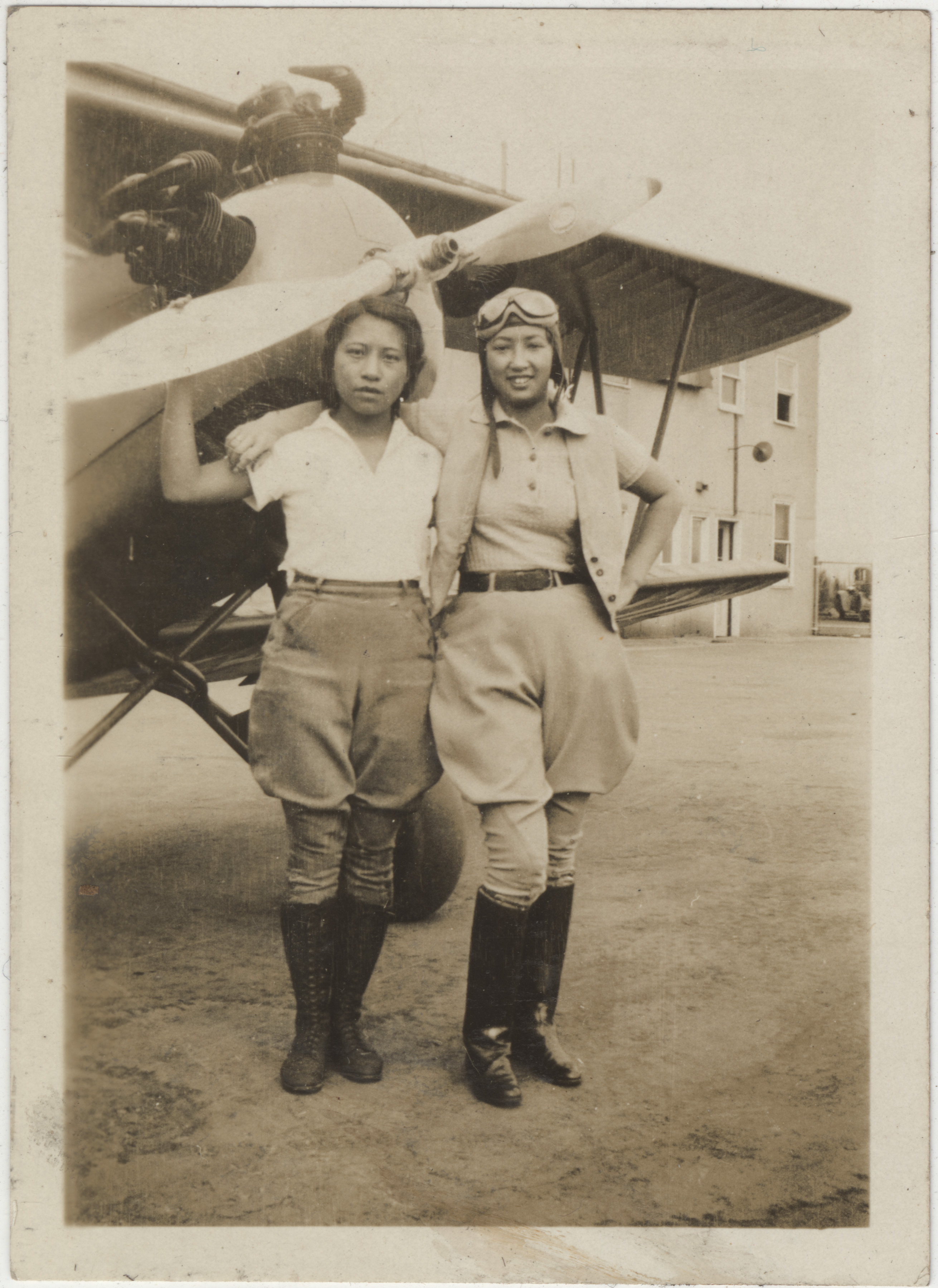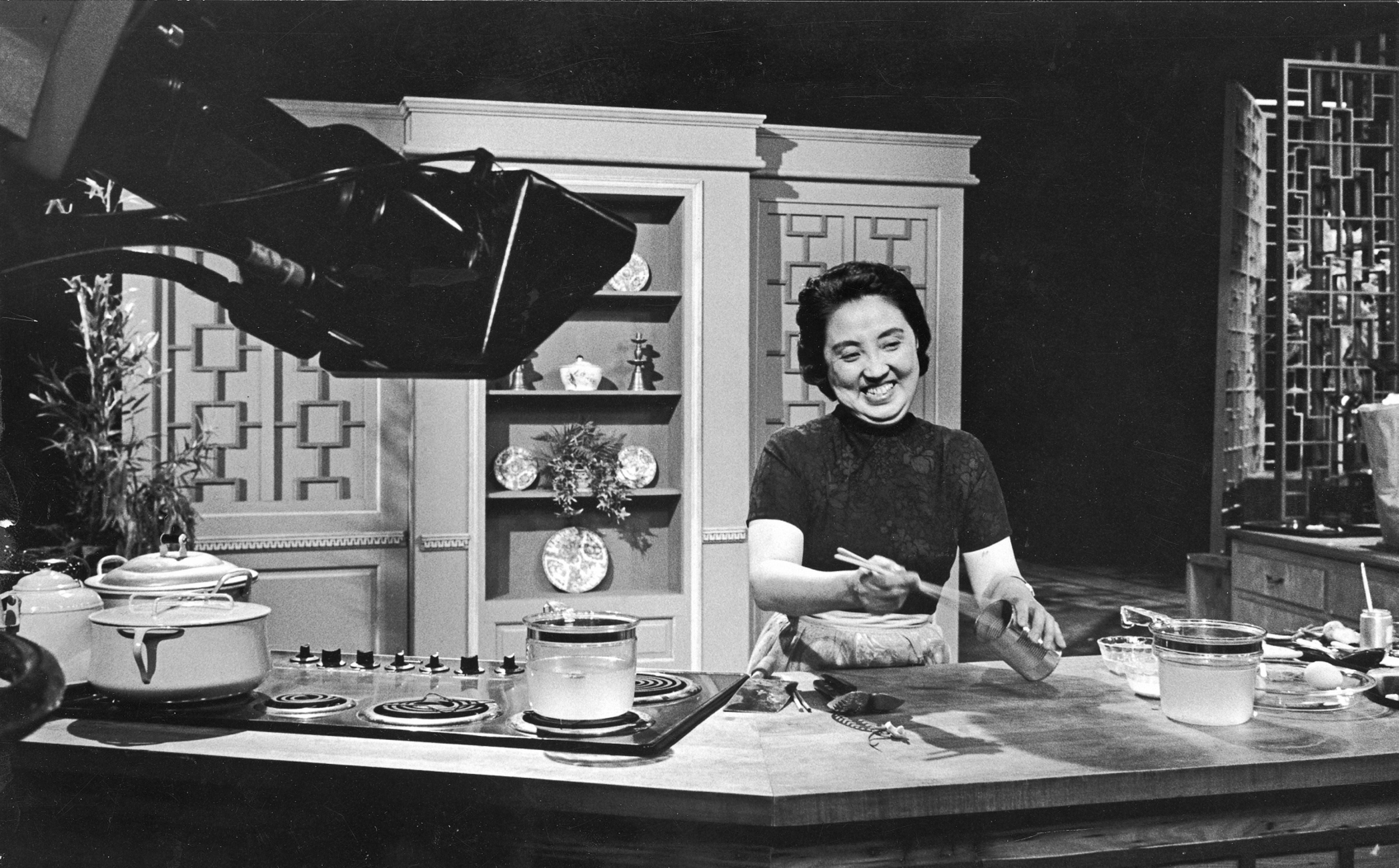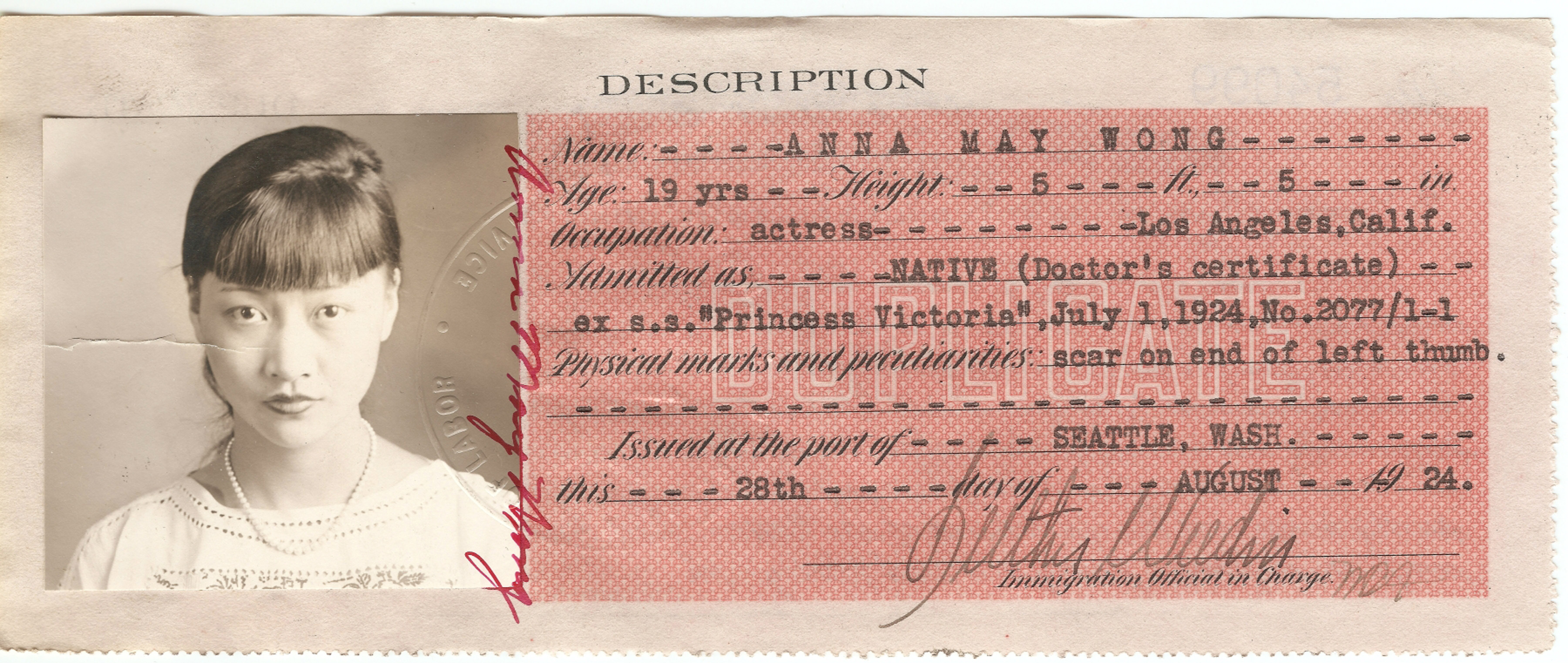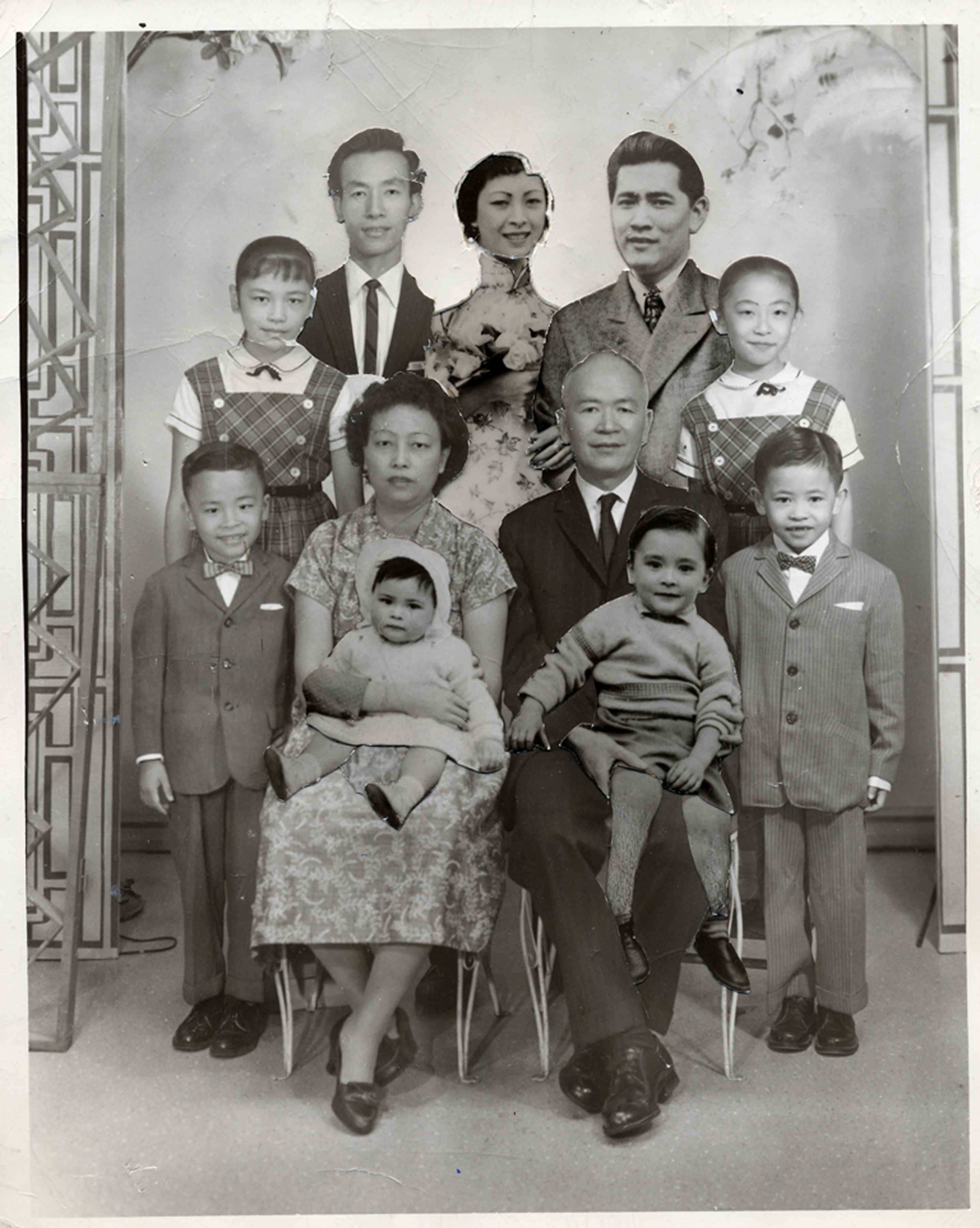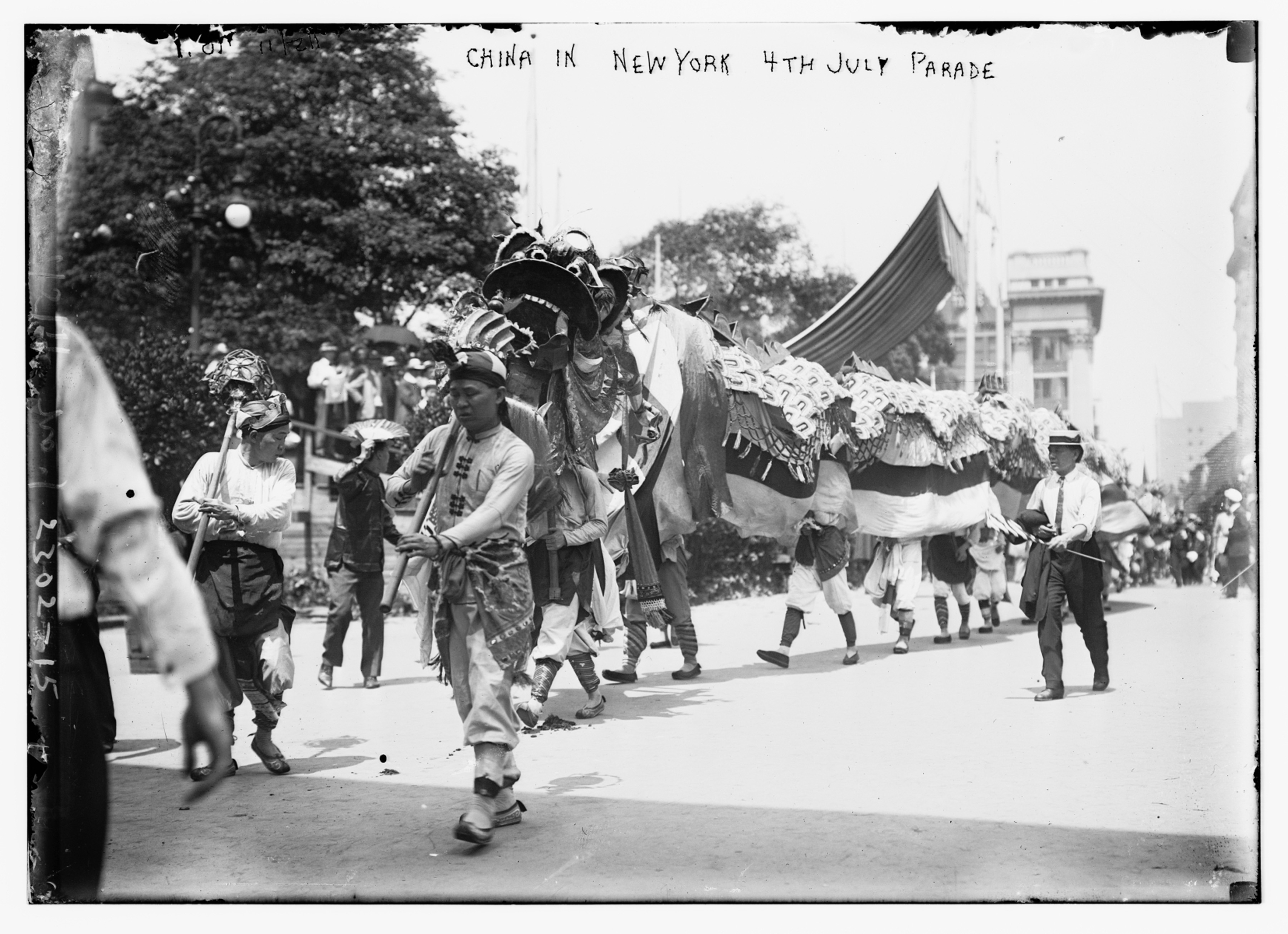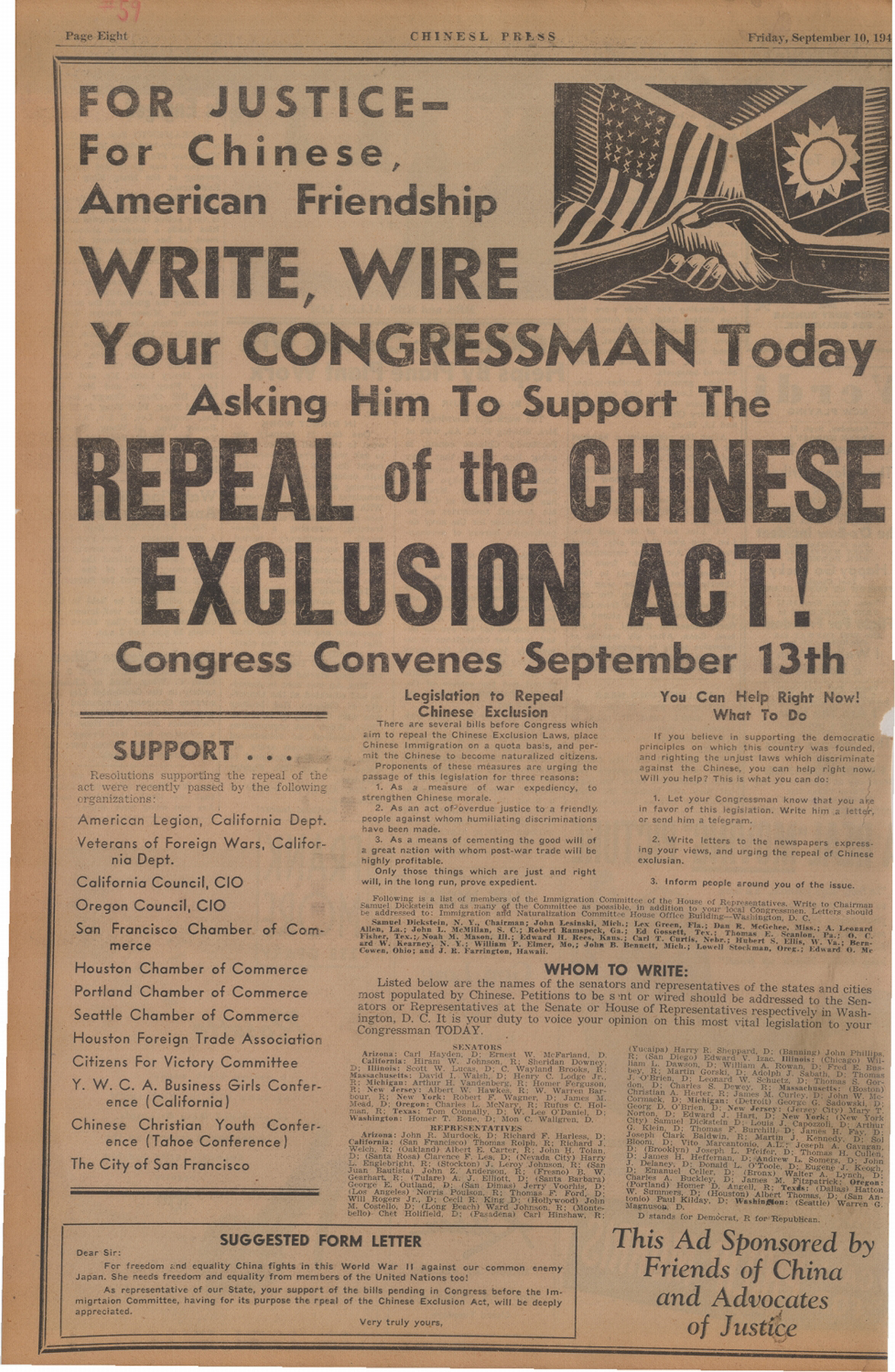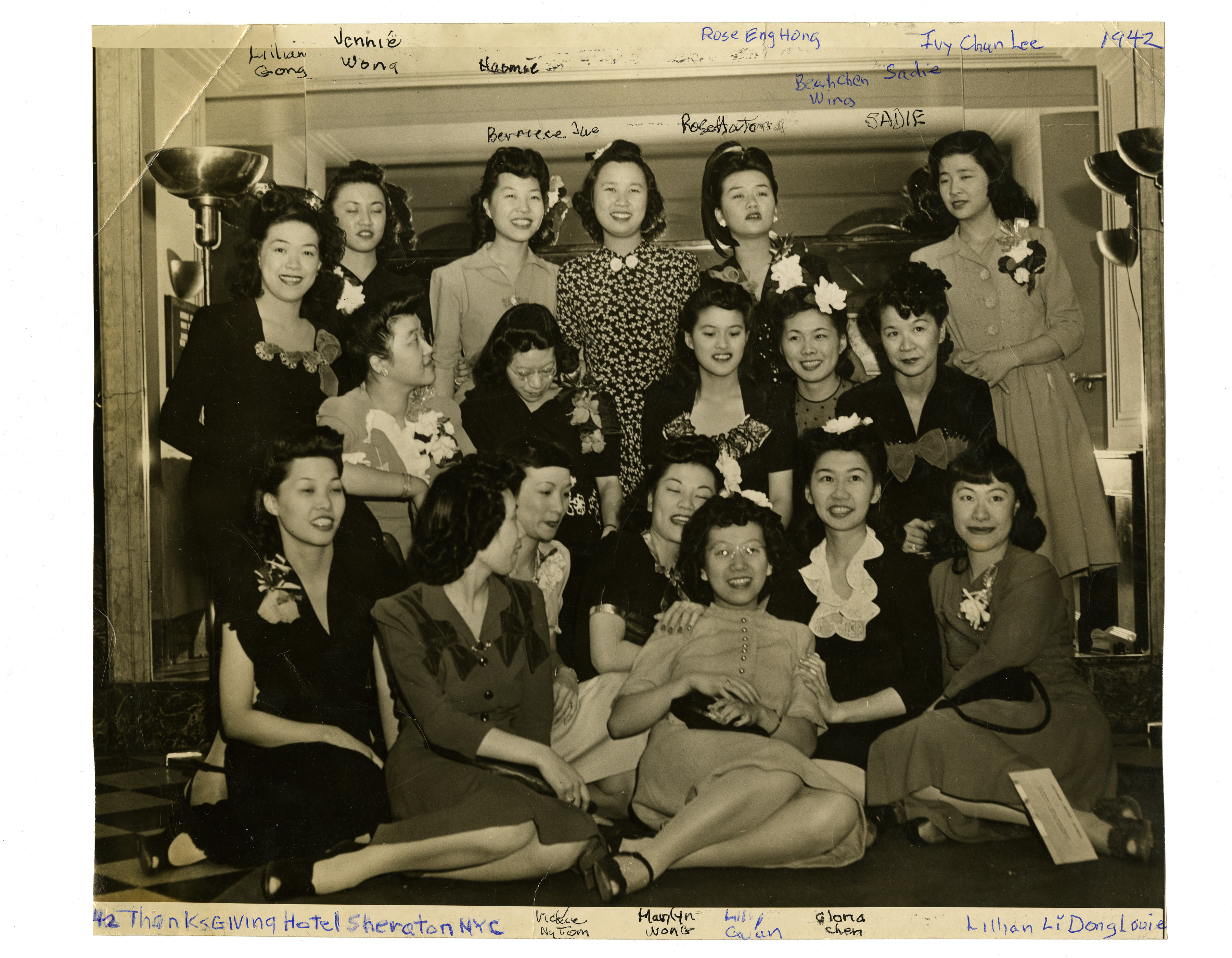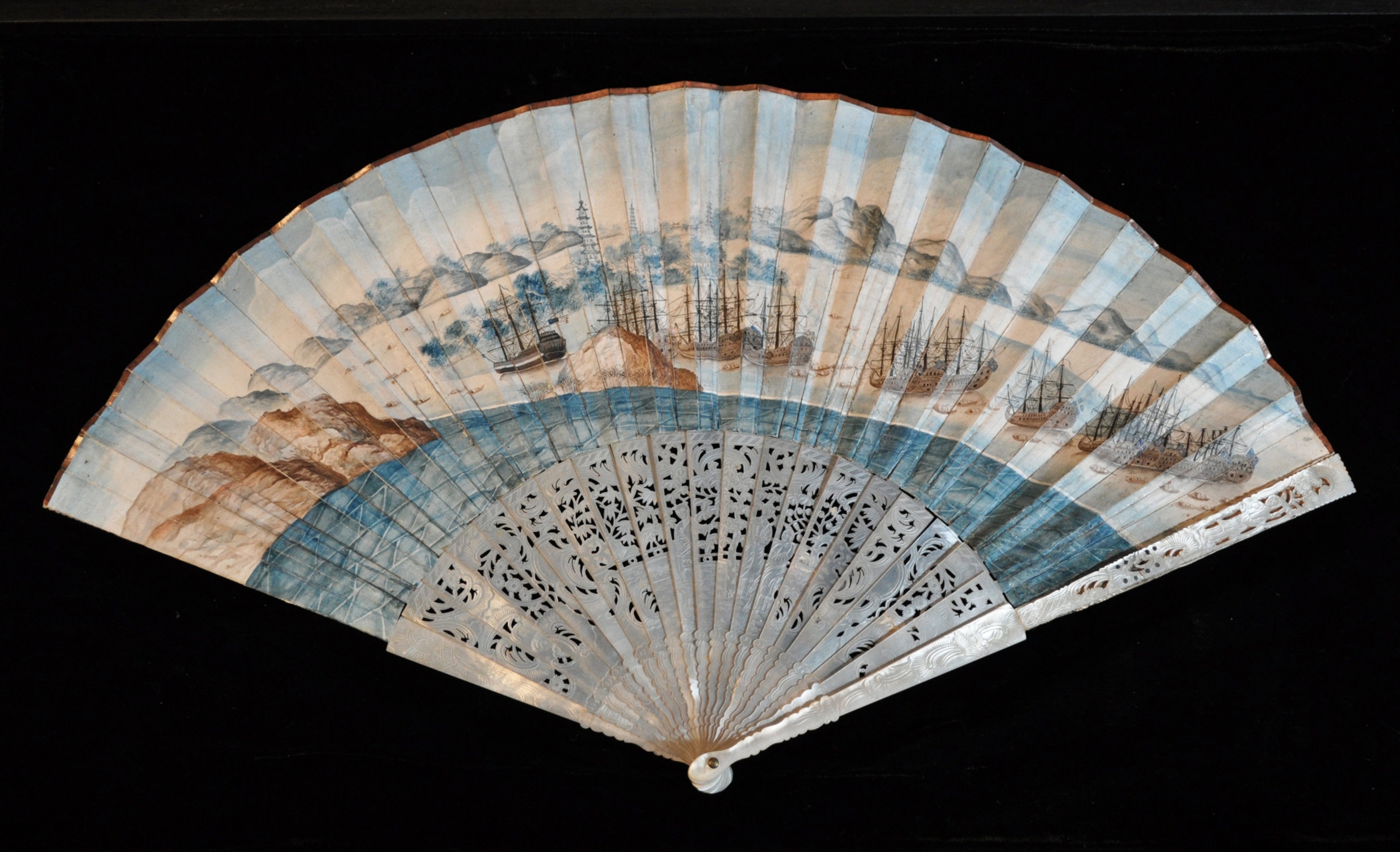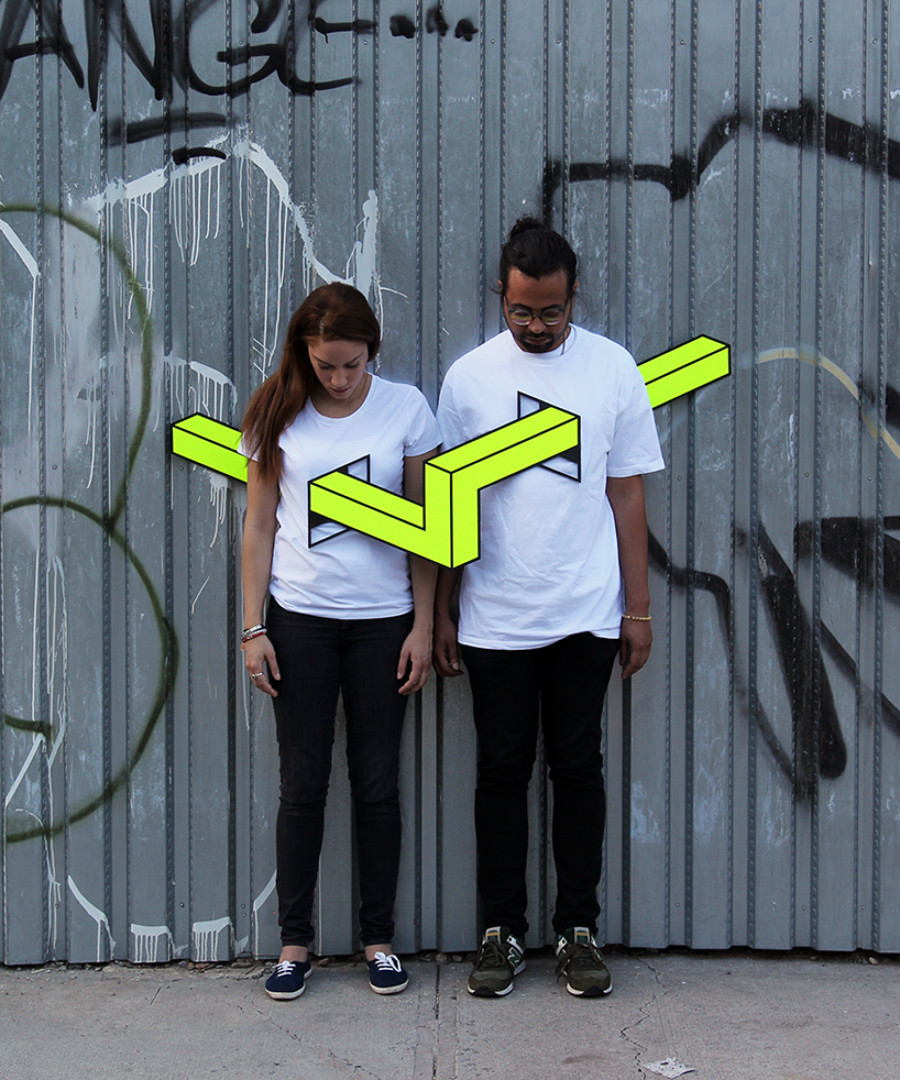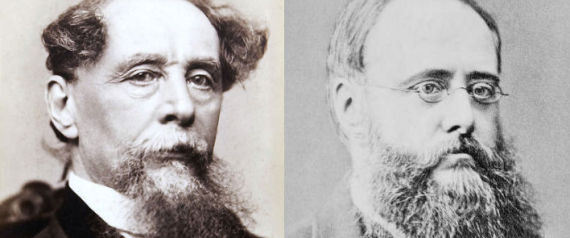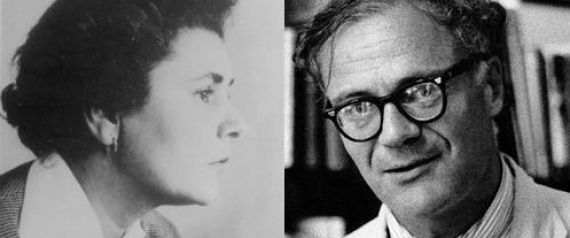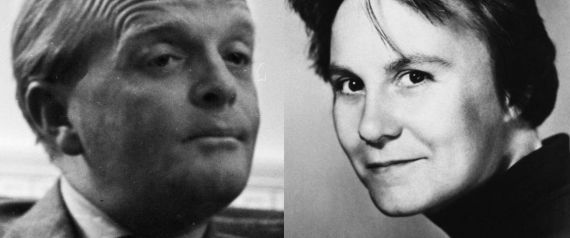Great writers tend to want to be at the top of their field, so literature can be a cutthroat community. It’s hard to imagine wanting to hang out with a direct rival, and indeed, plenty of authors have
feuded with each other or publicly derided each other’s work.
But this doesn’t tell the whole story; writers can also glean considerable benefits from spending time around other writers. As any author who’s spent time in an MFA program or writing workshop can tell you, the opportunity to provide mutual support and feedback can ease the creative process.
Even aside from these practicalities, writers often share experiences and interests others don’t -- and sharing something few others understand can truly draw people together. As C.S. Lewis observed, “The typical expression of opening Friendship would be something like, ‘What? You too? I thought I was the only one.’" No one can understand the travails of a wordsmith as well as another wordsmith: the agony of a poorly turned phrase, the ecstasy of a finally-perfected work, the agony (again) of a nasty review.
Indeed, many celebrated authors have found other authors to be, as Anne Shirley would say, "kindred spirits." Though professional spats and rivalries might have strained these relationships, the joys of intellectual companionship won out.
Showing that love is just as powerful as the competitive spirit, here are 11 beautiful friendships between great authors:
D.H. Lawrence and Katherine Mansfield
![lawrencemansfield]()
Two writers who died far too young, Lawrence and Mansfield formed a passionate friendship in the later years of her life. They staunchly supported each other’s writing, and Lawrence even wove Mansfield into his novels: Much of the character Gudrun in
Women in Love was
drawn directly from her. Lawrence, who was born into poverty, and Mansfield, who was from New Zealand, shared a sense of exclusion from the moneyed literary scene, as well as artistic impulses. Despite periods of turbulence and long separations which marred their friendship, they maintained a sense of kinship until Mansfield’s death in 1923.
Charlotte Brontë and Elizabeth Gaskell
![brontegaskell]()
The reclusive Brontë sisters generally shied away from social situations, but Charlotte found herself circulating in intellectual society after her novels’ critical and popular successes, and she befriended several thinkers of the time. Most notably, Brontë easily bonded with the famous novelist Elizabeth Gaskell, and they became fast friends. Brontë
stayed at Gaskell’s home several times, though the constant merry-go-round of socializing proved uncomfortable for Brontë, who once hid behind the curtains to avoid speaking to Gaskell’s guests. Their relationship fortunately survived such setbacks. After Brontë’s untimely death, Gaskell wrote a somewhat controversial biography of her friend that has remained an important, if flawed, resource for readers.
James Baldwin and Toni Morrison
![baldwinmorrison]()
These two groundbreaking writers met when Morrison, then an editor at Random House,
attempted to negotiate a book deal with Baldwin in 1973. Rather than a book deal, a friendship arose from their professional encounter, and they remained close until his death in 1987. Their mutual influence was readily acknowledged by both; as prominent, brilliant writers who unflinchingly confronted America’s racial demons, they possessed a profound understanding and insight into each other’s work. Said Baldwin of his friend, “I dig Toni, and I trust her.” Upon Baldwin’s death, Morrison memorialized him with a
poignant tribute in The New York Times, writing: “You knew, didn't you, how I needed your language and the mind that formed it? How I relied on your fierce courage to tame wildernesses for me? [...] You knew, didn't you, how I loved your love?” (You should read her whole eulogy, but be prepared to cry.)
Ralph Waldo Emerson and Louisa May Alcott
![emersonalcott]()
Many forget that the beloved purveyor of moralistic tales for young girls, Louisa May Alcott, had quite a radical streak. Alcott came from a leftist, abolitionist, transcendentalist family, and she counted Henry David Thoreau and Nathaniel Hawthorne as family friends. One of the most significant family friendships in Alcott’s life was that of Ralph Waldo Emerson, a lifelong friend of her father’s. In an essay written in 1882, Alcott
remembered Emerson’s contribution to her education as a writer, recalling that he allowed her free rein in his extensive library: “His kind hand opened to me the riches of Shakespeare, Dante, Goethe and Carlyle, and I gratefully recall the sweet patience with which he led me round the book-lined room.” To a reader like young Alcott, Emerson’s willingness to share his literary bounty was the greatest gift possible.
Charles Dickens and Wilkie Collins
![dickenscollins]()
The psychological thriller writer and the celebrated Victorian realist were both wildly popular in the 1860s, but they didn’t merely overlap in time period. Collins and Dickens befriended each other in 1851, when Dickens had already achieved literary acclaim. Collins’s career took off under Dickens’s patronage, and the two frequently collaborated on plays and other writing projects. Sadly, their friendship seemingly chilled in later years as the professional rivalry between them deepened and Collins battled an opium addiction and multiple illnesses, but their letters continued and Dickens’s death in 1870 grieved Collins considerably. In 1888, he
fondly remembered the early days of their friendship: “We saw each other every day, and were as fond of each other as men could be. Nobody (my dear mother excepted, of course) felt so positively sure of the future before me in Literature, as Dickens did.”
Henry James and Edith Wharton
![jameswharton]()
English students for generations past may have thought of Edith Wharton and Henry James as birds of a feather -- authors of detailed literary novels that dissected social norms in turn-of-the-century high society. In reality, the two often questioned each other’s artistic choices, but this didn’t prevent the two intellectual giants from forging a long-lasting bond of friendship. The two moved in similar circles and eventually
became pen pals, discussing first literary topics, then, eventually, more personal ones. James suffered from fits of depression, and Wharton endured significant romantic tumult during their friendship, but their mutual support was unwavering. Wharton, who came from wealthier roots, even conspired to help James financially without his knowledge. For two authors who often seem stiff and staid to modern readers, the two had a remarkably affectionate and even jokey relationship.
J.R.R. Tolkien and C.S. Lewis
![tolkienlewis]()
Who among us didn’t grow up on
The Lord of the Rings and
The Chronicles of Narnia? It seems almost too perfect that the authors of these two classic fantasy series were pals in real life. In fact, their friendship
likely contributed to the mythologies the two went on to create. The pair met as English faculty at Oxford University, and their shared interests in Christianity -- Lewis was raised Protestant, Tolkien Catholic -- and in Viking mythology drew them together. They encouraged and inspired each other in their writing, and each ultimately found fame through their Christian-inflected, mythologically influenced publications. Rivalry and artistic differences inevitably put pressure on their friendship; Tolkien criticized the Narnia books for what he perceived as a careless mixing together of different mythologies, and it took far longer for his Middle Earth series to reach publication and acclaim. Still, their friendship endured -- a testament to the strength of their bond.
Elizabeth Bishop and Robert Lowell
![elizabeth bishop]()
The friendship between Lowell and Bishop is iconic in the world of poetry. The two brilliant writers
met at a party in 1947, just as each was blossoming into an an accomplished poet. They were immediately struck by each other -- Bishop said later, “I loved him at first sight.” It was, however, a platonic love and a lifelong correspondence that was born. The two were in awe of each other’s poetic talents and savored exchanging artistic insights with each other, resulting in thirty years’ worth of thoughtful letters between the two. Though Lowell was the more celebrated of the two in their lifetimes, and even
used his influence to boost Bishop's career, they are both now considered part of the pantheon of great American poets.
Truman Capote and Harper Lee
![capotelee]()
Truman Capote could be accused of being just as well-known for his bon vivant lifestyle and colorful feuds with other intellectuals as for his actual writing. Harper Lee, notoriously reclusive, refused to give interviews for many years after publishing
To Kill A Mockingbird. Two more different literary personalities could not be found, yet the pair were close friends -- in fact, they grew up together in Monroeville, Alabama. Lee traveled with Capote to Kansas to aid him in his investigation of the murders of the Clutter family. This investigation laid the groundwork for Capote’s nonfiction crime classic,
In Cold Blood, which was partly dedicated to Lee. Unfortunately, she was stung to see that
the book was also dedicated to Capote’s lover and that her contributions to the book were given little credit; their friendship suffered as a result. The wide divergence in their lifestyles
deepened the rift, and eventually they fell out of touch, but, by that point, their friendship had already made an impact on American literature.
John Cheever and E.E. Cummings
![john cheever]()
The poet and the fiction writer were such good friends that Cheever’s daughter, Susan, was inspired to write a biography of Cummings published earlier this year. They met in 1930s New York, where Cummings was a well-known presence in the literary social scene. Cummings, nearly 20 years older,
mentored Cheever as he commenced his writing career. They shared a determination to defy social mores in their work, as well as a dark, mordant wit, though Cummings is now all-too-often remembered merely for his beautiful, and somewhat sappy, love poems. When Cummings died suddenly in 1962, Susan wrote, her father wept.
Sylvia Plath and Anne Sexton
![plathsexton]()
Both incredibly talented poets who struggled with the social strictures of the time as well as mental health issues, Plath and Sexton had a great deal in common. Their evocative poetry, frustrations with the domestic role afforded to women of the time, and their deaths by suicide have factored largely into the cultural conversations about both. However, they are rarely discussed in relation to one another, in spite of having studied together at Boston University. They found some solace in each other’s presence in the poetry program,
meeting for martinis after their seminar with Robert Lowell to discuss poetry. Rivalry may have complicated the relationship between the two volatile and brilliant women, but they also shared feelings few others could understand.


